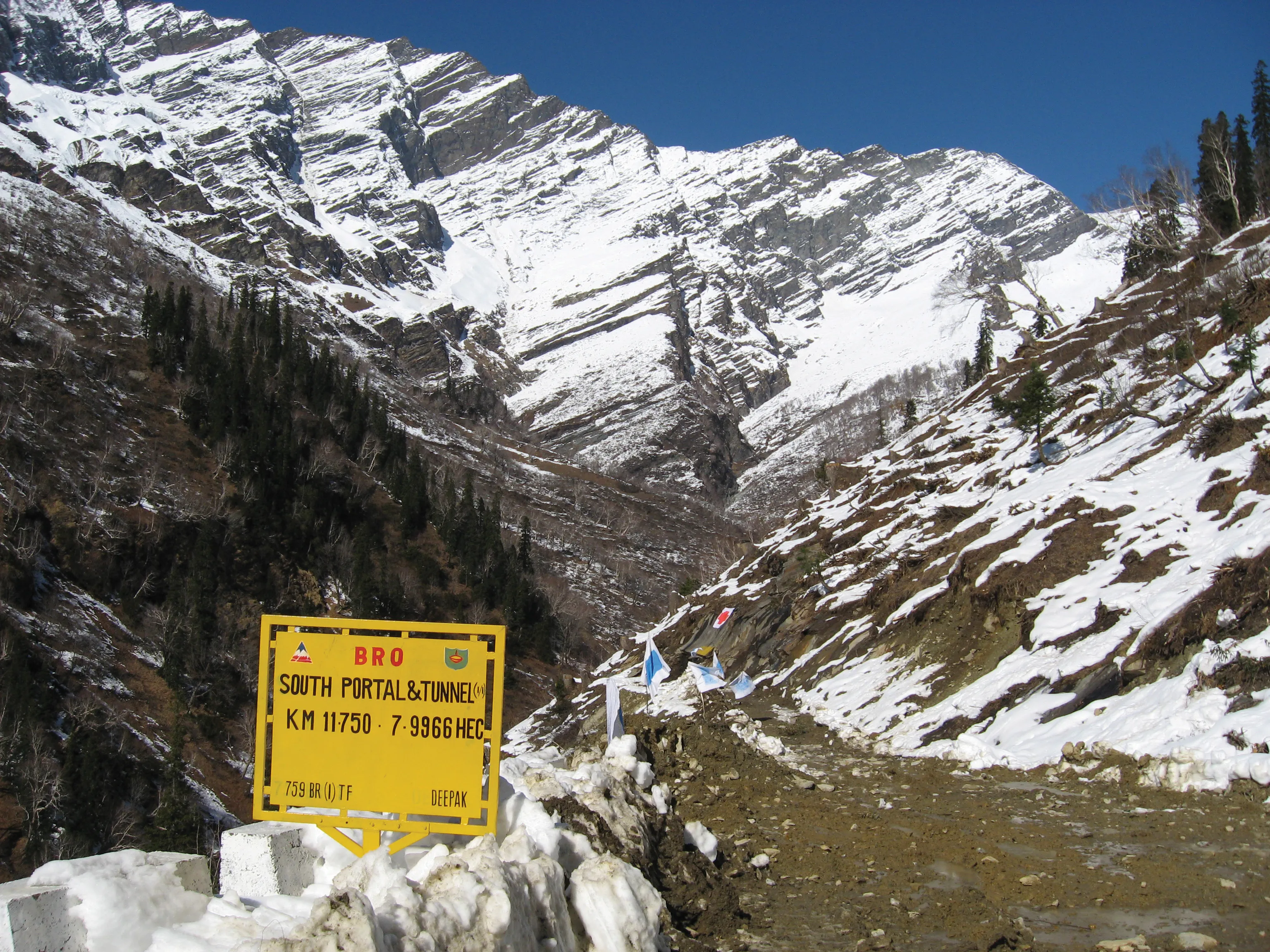New highway links between Montenegro and Bosnia will make major improvements in transport links for the two countries. Bosnia Herzogovina plans to build its 110km stretch of the Adriatic-Ionic highway that will connect with Montenegro. Meanwhile in Montenegro, plans are in hand for the first stretch of the Bar-Boljare highway. The Bosnian Government is finalising the route for the Adriatic-Ionic highway, based on an earlier feasibility study. This route is of prime importance for the region as it will conne
September 23, 2014
Read time: 2 mins
New highway links between Montenegro and Bosnia will make major improvements in transport links for the two countries. Bosnia Herzogovina plans to build its 110km stretch of the Adriatic-Ionic highway that will connect with Montenegro. Meanwhile in Montenegro, plans are in hand for the first stretch of the Bar-Boljare highway. The Bosnian Government is finalising the route for the Adriatic-Ionic highway, based on an earlier feasibility study. This route is of prime importance for the region as it will connect Central and Western Europe through Croatia, Bosnia, Montenegro and Albania. The original route called for the highway to run through Croatia’s capital Dubrovnik but the latest plans will see the highway running through Bosnia Herzogovina instead. This highway is due for completion in 2050, although the project value has not so far been disclosed.
Meanwhile in Montenegro, China's Exim Bank has approved its loan for the first section of the Bar-Boljare highway. The €688 million loan will pay for construction of this section of the highway, which will run from Smokovac to Matesevo. The loan has yet to be finalised. Montenegro's Ministry of Sea and Transport has revealed that the construction work is due to commence at the end of 2014. Building of the first stretch of the Bar-Boljare highway from Smokovac to Matesevo will be carried out by Chinese contractors, CRBC and CCCC. This contract is worth some €809 million, with the Montenegro Government providing financing worth €120 million for the project.
Meanwhile in Montenegro, China's Exim Bank has approved its loan for the first section of the Bar-Boljare highway. The €688 million loan will pay for construction of this section of the highway, which will run from Smokovac to Matesevo. The loan has yet to be finalised. Montenegro's Ministry of Sea and Transport has revealed that the construction work is due to commence at the end of 2014. Building of the first stretch of the Bar-Boljare highway from Smokovac to Matesevo will be carried out by Chinese contractors, CRBC and CCCC. This contract is worth some €809 million, with the Montenegro Government providing financing worth €120 million for the project.






